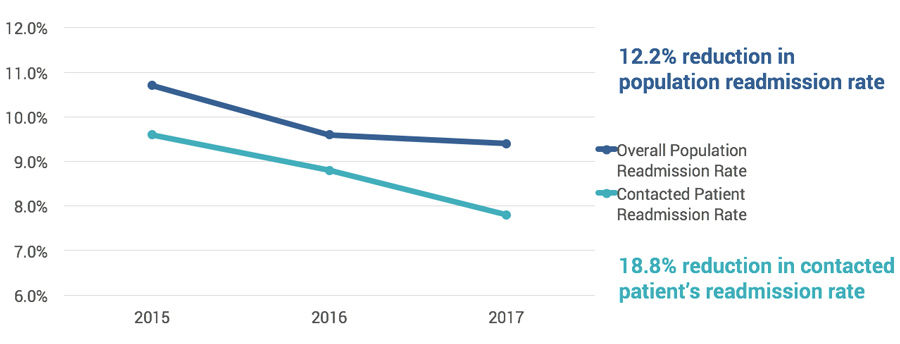1. What is Predictive Analytics?
Predictive analytics is a popular term that sounds like a complicated buzzword. Yes, Amazon and Netflix use predictive analytics to suggest movies and products you might like. At University of Utah Health, we look at data to provide teams with more information about which patients are at high risk for particular outcomes. While vendors offer expensive programs, we’ve led the development of predictive analytics in-house.
2. Where to begin: Skill up and start small
Our first predictive analytics project focused on readmissions. Reducing readmissions is an important quality metric. It's also an “easy” project to start with because there is a binary outcome: did the patient get readmitted, yes or no?
Dr. Bill Dunson and nursing leadership at Huntsman Cancer Institute were already looking each morning at the previous day's discharges. They helped us understand the data points that predict readmission. They provided a laundry list of labs, vitals, and peer-reviewed articles for us to read. From there, we compiled a large data set of all the predictors we thought were meaningful, then parsed it down to what was statistically significant. Elena Igumnova in Decision Support worked with HCI leaders to build a new report that added a single additional column for “risk of readmission.” We built an initial model that populated every morning automatically—without extra effort.
Since 2017, our team has started predicting outcomes for groups across the system: no-shows for clinic visits, infection risks, rehab bounce-backs, and a few for U of U Health Plans detailing risk, inpatient stays, and ED visits. And it’s working.
With pharmacist Matt Rim and his team at the Pharmacy Ambulatory Clinical Care Center, we worked on reducing readmission rates and improving transitions of care. Together, we developed an automated risk score so pharmacists could identify discharged patients with a higher risk of readmission and contact them to veryify medications, identify side effects, provide education, and address problems.
Predictive Analytics helped reduce readmission rates

3. It's not rocket science—It's optimization
With these projects, we're not trying to create new workflows—we're trying to take existing workflows and optimize the work already being done. Predictive analytics allows groups to accomplish more in the same time by targeting their efforts to help patients with the highest need. Business Objects reports help, too.
4. Tech is nothing without the team
The biggest success factor for this work came when we found an engaged champion—those operational individuals who could spread the word to their teams and motivate them. We can build the coolest, most predictive tool, but if the team isn’t engaged, it just won’t work.
From Decision Support’s perspective, we develop a partnership from the beginning between our team and the operational team. Only the front-line team understands how to positively impact patient care. Only they can provide the level of detail that makes the outcome meaningful.
"Only the front-line team understands how to positively impact patient care. Only they can provide the level of detail that makes the outcome meaningful."
For this project to succeed, we worked with a dozen departments and supporting teams in quality improvement, value engineering, biomedical informatics, and template optimization.
When I present this work at conferences, I share two messages:
First, to technical people like myself, I say, “These are the skills you need so that you don’t have to hire for predictive analytics. The ability lies within your organization.”
Second, you have to build an engaged, cross-functional team. It requires data and analytics champions to build a bridge to operations—and then operational champions doing the work on the front line.
Like most successful improvements, it truly takes a team of teams.
Annotated transcript from Jeff Young’s presentation at the April 2, 2018, Leader Development Institute in Salt Lake City, Utah.
Originally published on June 7th, 2018
Jeff Young
Feedback is a gift—even when it doesn’t feel like it. Senior Director of Care Navigation Stacy Silwany teams up with Organizational Development’s Michael Danielson to share how Care Navigation uses WellCheck survey data to learn from and engage employees in making the workplace better.
Continually speaking up is one of the most challenging things an employee does, and making it safe to speak up takes consistent supportive leadership. Members of the patient support services team share how to empower employees to highlight issues and provide solutions.
What can we do right now to make our work environment better? Chief Wellness Officer and family medicine physician Amy Locke shares a simple team-based model for identifying opportunities, sorting what’s feasible and impactful, and empowering the frontline to lead change.
